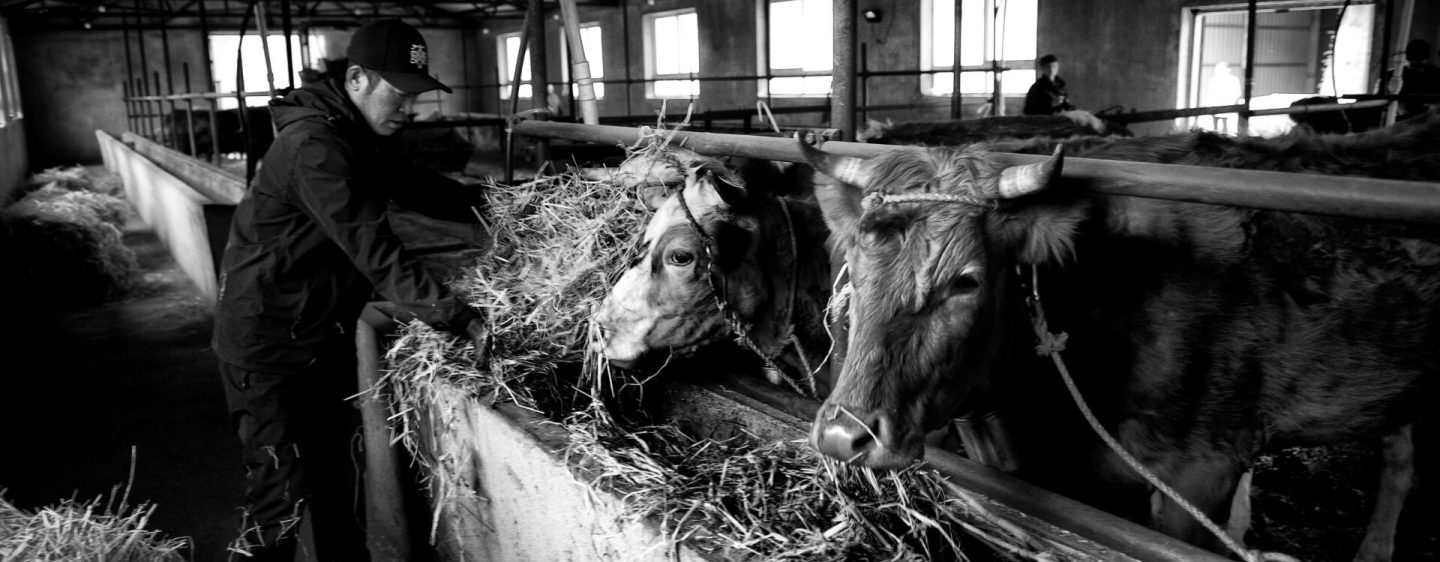The World Organisation for Animal Health (OIE) is a leader in animal disease reporting. The recent innovation of the World Animal Health Information System (OIE-WAHIS) system is a testimony to the OIE’s progressive evolution of its digital services. The platform provides Members with a new tool for animal disease surveillance for strengthened risk analysis and monitoring during disease emergencies.
Paris, 26 May 2021 – Today’s challenges confronting animal health professionals are complex and constantly changing. For example, the climate crisis affects livestock and food production systems as well as the distribution and prevalence of several diseases. Therefore, the efficient use and analysis of data from different sectors is key to finding sustainable solutions for healthy animal production systems, our livelihoods as well as our health. The 88th OIE General Session marks the opportunity to recognise the important value of the World Animal Health Information System (OIE-WAHIS) and its ability to provide detailed data on terrestrial and aquatic animal diseases. It is through this platform that animal disease trends for 2020 and early 20211 have been analysed in the report of the Current Animal Health Situation Worldwide.
As shown over the past year with the COVID-19 pandemic, accurate and up-to-date knowledge of disease events is crucial to effectively controlling outbreaks and preventing further spread. When referring to animal diseases, localised and timely reporting enables monitoring of events. This is also key to ensuring sustainable animal production, and safeguarding human health, as some diseases can cross species barriers. The launch of the fully redesigned OIE-WAHIS in March 2021 represents a critical milestone in our ability to track the animal and zoonotic diseases globally. OIE-WAHIS provides real-time information on the global situation of animal health, including a state-of-the-art digital mapping system. The platform provides in-depth data analysis and will constitute a vital tool for the good governance of animal health, enhancing the relevance of veterinary data for decision-makers.
Lumpy skin disease is an example of a disease that is impacted by climatic factors and that has been regularly tracked on OIE-WAHIS. Its geographical distribution has evolved over the last decade to affect new areas. As a result, its presence in several regions threatens the livestock sector. Between 2020 and early 2021, seven out of the 11 Members who reported lumpy skin disease through immediate notifications experienced it for the first time in their territory in different parts of Asia. At the regional level, the OIE assisted the outbreak response by mobilising experts and providing guidance addressing emergency response, laboratory diagnostics, disease surveillance, and prevention, as well as the importance of vaccination for affected or at-risk countries. The new OIE-WAHIS will further support the coordination of regional response by enhancing data sharing on control measures.
Amongst the most reported diseases over the past year, highly pathogenic avian influenza (HPAI) and African swine fever continue to be a concern for the international community. HPAI has been reported by 42 Members through immediate notifications in the past year. The current wave of HPAI is mainly associated with the subtype H5N8. Similarly, African swine fever is another example of a transboundary animal disease that was reported by 20 Members in the past year. The disease impacts the health of domestic pigs, as well as wild boars, and affects local livelihoods and global pork production. The aim of the OIE is to continue to promote the transparent and rapid flow of information as an essential component to understand their epidemiology and contribute to fostering trust between countries.
The OIE’s mission to enhance the knowledge of the worldwide animal health situation and respond to disease events was further highlighted in the efforts of the Organisation to mobilise expertise to respond to emerging diseases over the past year. Early 2020 saw the first reports indicating the presence of SARS-CoV-2 in animals. As an emerging disease, it is notifiable through OIE-WAHIS, and it constituted 5% of all notifications received by the OIE by the end of the year. SARS-CoV-2 is a contemporary example of how data reported to OIE-WAHIS contributes to the global surveillance of diseases under the ‘One Health’ approach and can have a relevant impact on both animal and human health. Through the reporting of animal cases, the OIE was able to rapidly provide relevant guidance on surveillance and research activities to the global COVID-19 pandemic response efforts. Transparency of the global animal health situation makes sure we are well placed to protect public health, control disease, and ensure the safety of world trade in animals and animal products.
The OIE encourages its Members to use OIE-WAHIS to its full potential to support decision-making and animal disease surveillance at local, regional, and global levels. The collaborative efforts by Members in providing data in a timely manner will underpin the OIE’s data stewardship role in the Big Data era. These efforts enable us all to use the data capability to develop evidence-based animal health and veterinary public health policies for the good of all.
11 January 2020 – 25 January 2021

